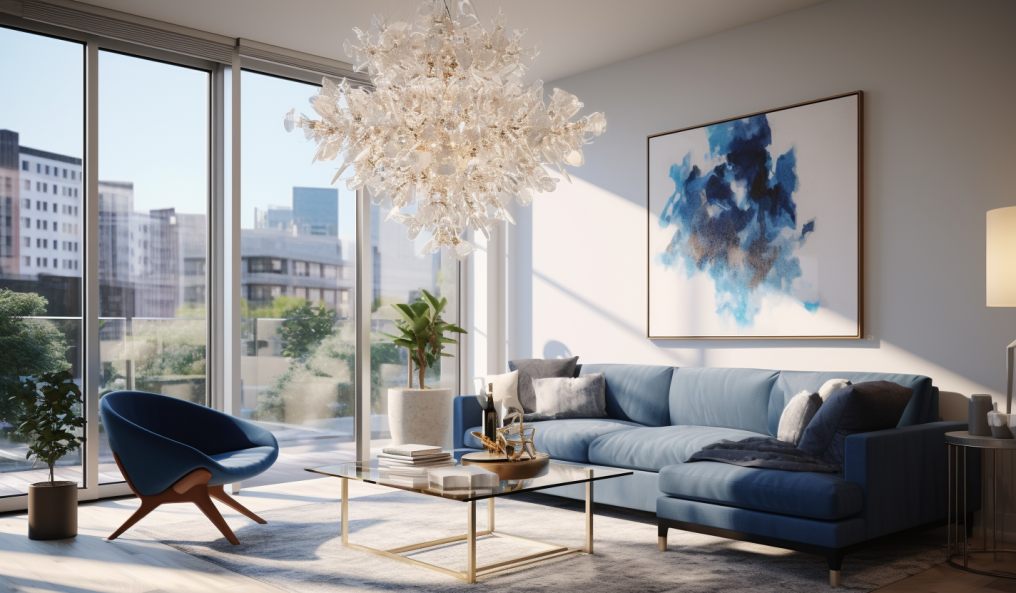Have you ever noticed how good lighting can dramatically change the mood of a room?
It’s like magic, right? Well, there’s a bit of science to it. Let’s dive into the world of lighting and see how it can enhance your home decor.
Table of Contents
Lighting Trends in Home Decor
Nowadays, lighting is not just a functional element in our homes, it’s also a key part of the decor. Here are some of the latest trends:
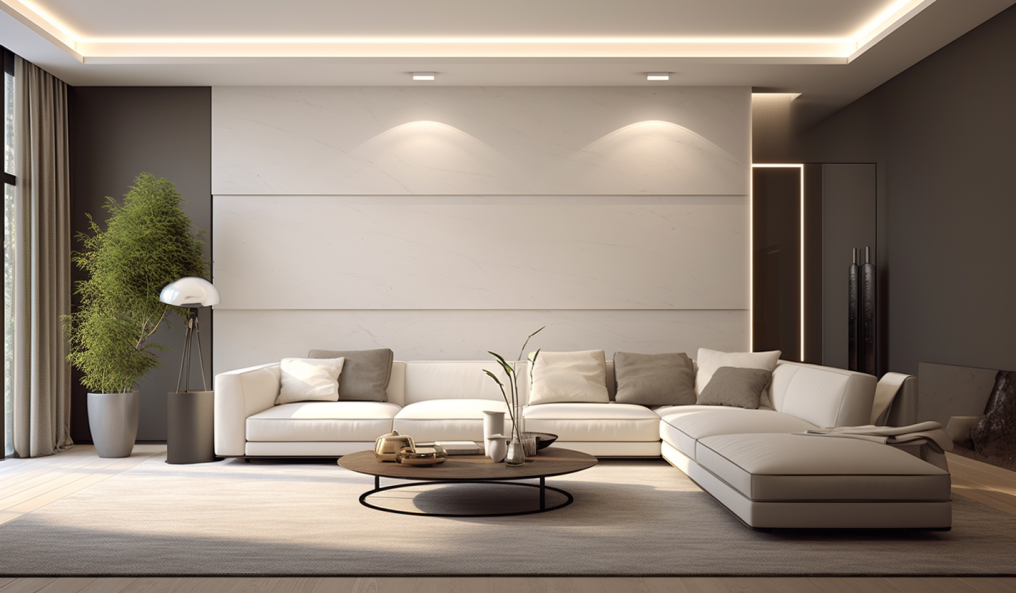
- Mirrored Brass: This trend involves using lighting fixtures with a mirrored brass finish, adding a touch of elegance and warmth to the decor.
- Matching Pendant and Wall Colors: Coordinating the colours of pendant lights and walls is a popular trend, creating a cohesive look in the room.
- Burnt Steel: Lighting fixtures made of burnt steel are gaining popularity for their unique and industrial aesthetic.
- Organic Silhouettes: Lighting fixtures with organic shapes and silhouettes are trending, adding a natural and soft touch to the decor.
- Lights as Art: More and more homeowners are using lighting fixtures as pieces of art, turning functional elements into focal points of the room.
- Dark Smoked Glass: Lighting fixtures made of dark smoked glass are popular for their sleek and modern look.
- Recessed LED Lighting: Recessed LED lights are being widely used for their subtlety and functionality. They provide ample light without taking up space.
- Bespoke Extension Leads: Custom-made extension leads are becoming a trend, allowing homeowners to add a personal touch to their lighting solutions.
- Over-Scaled Chandeliers: Large, multi-tiered chandeliers are being used even in smaller spaces for a dramatic impact.
- Plaster Lighting: Lighting fixtures made of plaster are trending for their clean, fresh look and versatility.
- Layered Lighting: The practice of using multiple layers of lights in interior spaces is gaining popularity. It offers more functionality and can create different moods within the interiors.
- Pendant Lighting: Pendant lights, especially glass pendants, are popular for their translucence, airiness, and ability to coordinate with any style.
READ ALSO: How to Paint Your Home Like a Pro
Understanding the Basics of Lighting
First things first, let’s talk about the three basic types of lighting:
- Ambient Lighting: This is your main source of light, usually coming from ceiling fixtures. It’s like the sunlight in your room, illuminating the entire space.
- Task Lighting: This is your focused light, used in areas where you perform specific tasks like reading or cooking. It’s like your personal spotlight.
- Accent Lighting: This is your highlighter, used to draw attention to specific areas or objects, like artwork or bookshelves.
A well-lit room will have a mix of all three. Think of it like a cake – ambient lighting is your base layer, task lighting is your filling, and accent lighting is the cherry on top.
Choosing the Right Lighting Fixtures
Now, let’s talk about the fun part – choosing your home lighting design fixtures.
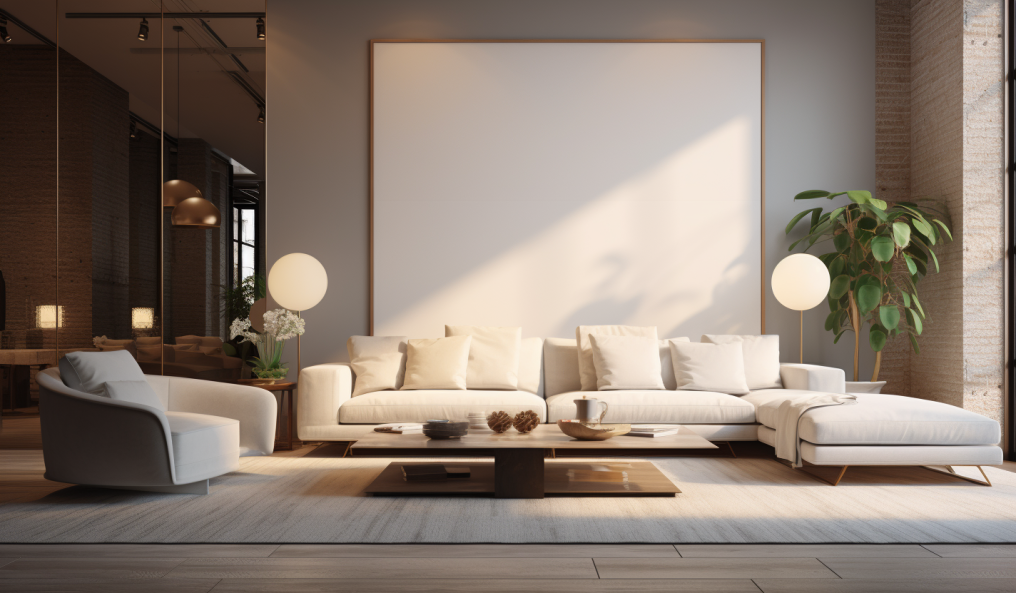
There are so many options out there, each with its charm:
- Pendant Lights: These are like jewelry for your ceiling. They hang down, making a statement and providing great tasks and ambient lighting. They’re perfect over kitchen islands or dining tables.
- Chandeliers: These are your drama queens. They’re ornate and grand, best suited for rooms with high ceilings. Think living rooms or grand entrances.
- Wall Sconces: These are your wall accents. They provide accent or task lighting and are ideal for bedrooms or bathrooms.
- Table and Floor Lamps: These are your versatile friends. They provide task or accent lighting and can be moved around as needed. Great for adding a cosy touch to living rooms or bedrooms.
- Recessed Lighting: These are your subtle illuminators. They’re installed into the ceiling, providing light without taking up space. Perfect for low ceilings or modern minimalist lighting in home decor.
READ ALSO: 8 Ways To Turn Your House Into A Home You’ll Actually Love
Different Types of Bulbs for Lighting Fixtures
Choosing the right bulb is just as important as choosing the fixture. Here are some options:
- Incandescent Bulbs: These are your classic bulbs. They give off a warm, inviting light but are less energy-efficient.
- Halogen Bulbs: These are like sunlight in a bulb. They give off bright, white light and are great for task lighting.
- Compact Fluorescent Bulbs (CFLs): These are your eco-friendly bulbs. They use less energy and last longer than incandescent bulbs.
- Light Emitting Diode (LED) Bulbs: These are your future-forward bulbs. They’re the most energy-efficient and can last for over 20 years!
Lighting Design Tips
Alright, now that we’ve got the basics down, let’s talk about some pro tips to make your home lighting design pop:
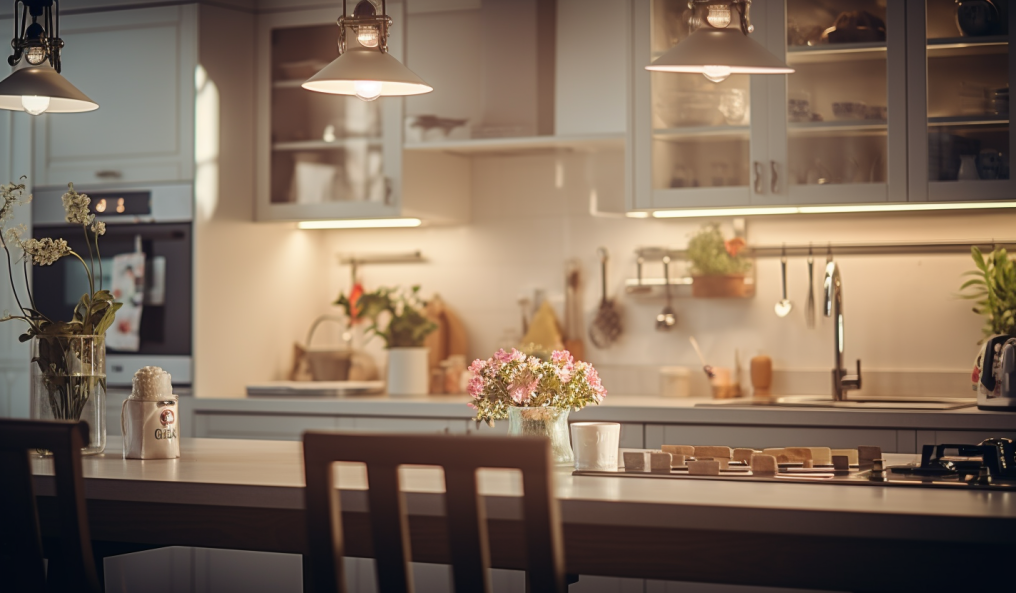
- Layer Your Lighting: Remember our cake analogy? Make sure you have a good mix of ambient, task, and accent lighting.
- Use Dimmers: These let you control the mood. Want a romantic dinner or a productive workspace? Just adjust the brightness!
- Consider Natural Light: Mother Nature is the best lighting designer. Work with her, not against her. Arrange your lighting to complement the natural light.
- Highlight Architectural Features: Got a beautiful fireplace or a stunning painting? Use accent lighting to show it off.
- Choose the Right Size: Size matters. Your lighting fixtures should be in proportion to your space and furniture.
- Use Lighting as a Focal Point: A statement lighting fixture can be a piece of art. Don’t be afraid to let it shine!
READ ALSO: Inexpensive Home Makeover Ideas for Every Room
How Lighting Can Make a Room Look More Spacious
Did you know that lighting can be a secret weapon in making a room look more spacious?

Here’s how:
- Maximize Natural Light: Let in as much natural light as possible. It opens up the space and makes it feel airy.
- Use Multiple Light Sources: This helps spread the focus all over the room, making it appear larger.
- Use Mirrors: Mirrors reflect light and make a room feel larger. It’s like creating a window where there isn’t one!
- Light Up the Walls: Use wall sconces or up lighters to create a wash of light on the walls. This can make the walls seem further apart.
- Use Recessed Lighting: These lights are installed into the ceiling, providing light without taking up space. It’s like having invisible light sources!
Benefits of Good Lighting in Home Decor
Finally, let’s talk about why all of this matters. Good lighting in a home can:
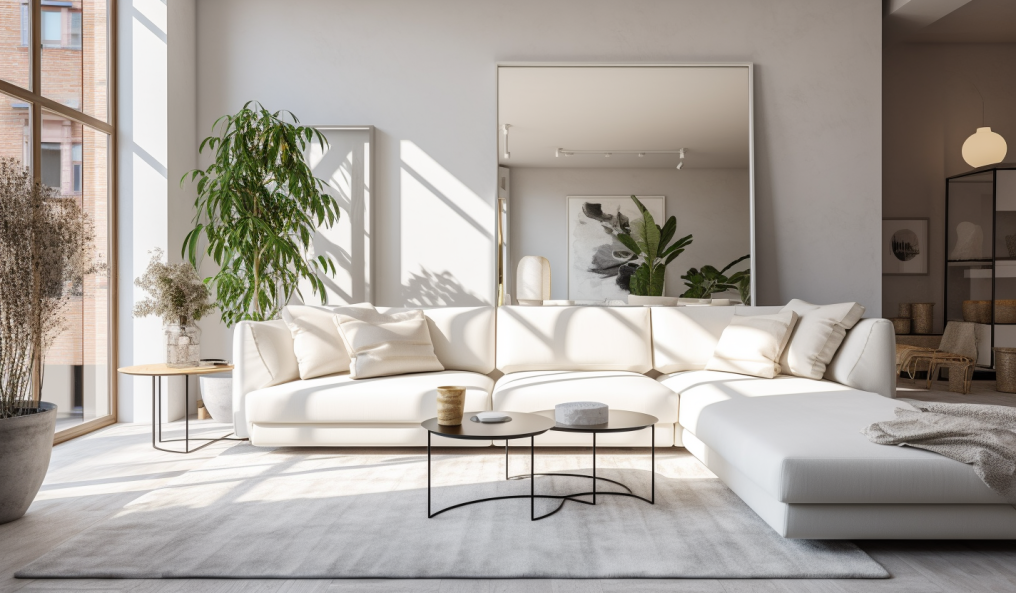
- Improve Mood and Well-being: Natural light has been shown to improve mood and reduce stress. Who doesn’t want that?
- Save Energy and Money: Strategic use of natural lighting can reduce the need for artificial lighting. Good for your wallet and the planet!
- Enhance Aesthetics: Good lighting can make your home look like a million bucks. It highlights your decor and creates a warm and inviting ambience.
- Improve Productivity: Natural lighting can boost productivity. It’s like having a secret weapon for those work-from-home days.
- Improve Health: Exposure to natural light has been shown to reduce blood pressure and improve sleep. It’s the best kind of medicine.
- Make Spaces Appear Larger: As we discussed earlier, good lighting can be a game-changer for small spaces.
So there you have it! A crash course in the art of lighting. Remember, the key to good lighting design is flexibility. The ability to control light levels in each room allows you to adapt the lighting as needed, enhancing both the functionality and aesthetics of your home.
So go ahead, play around with your lighting and see the magic happen. Happy decorating!
